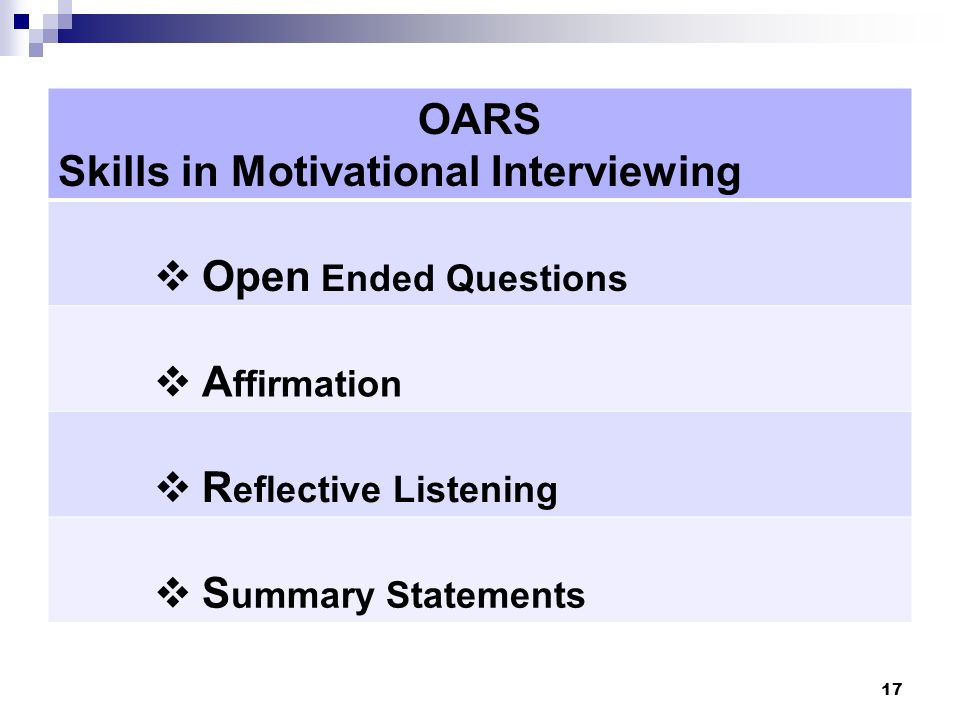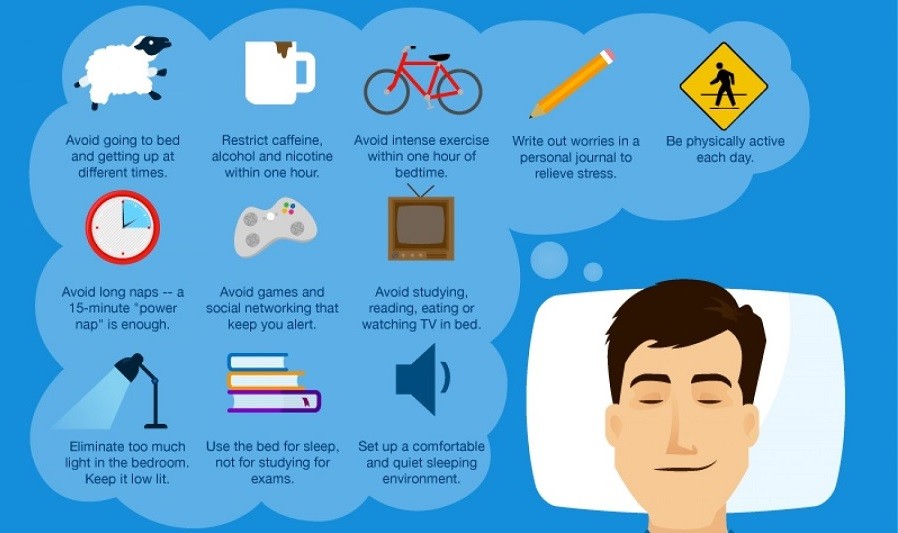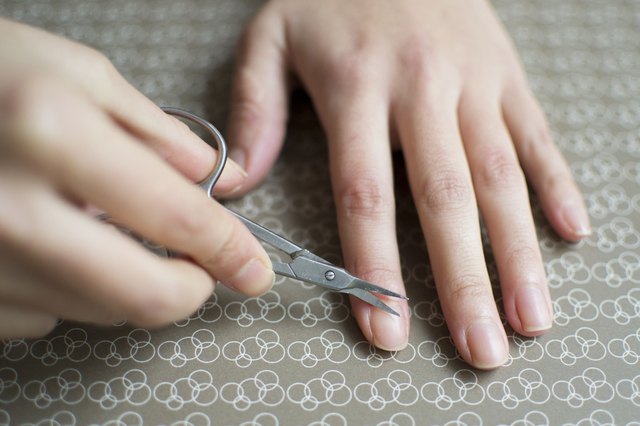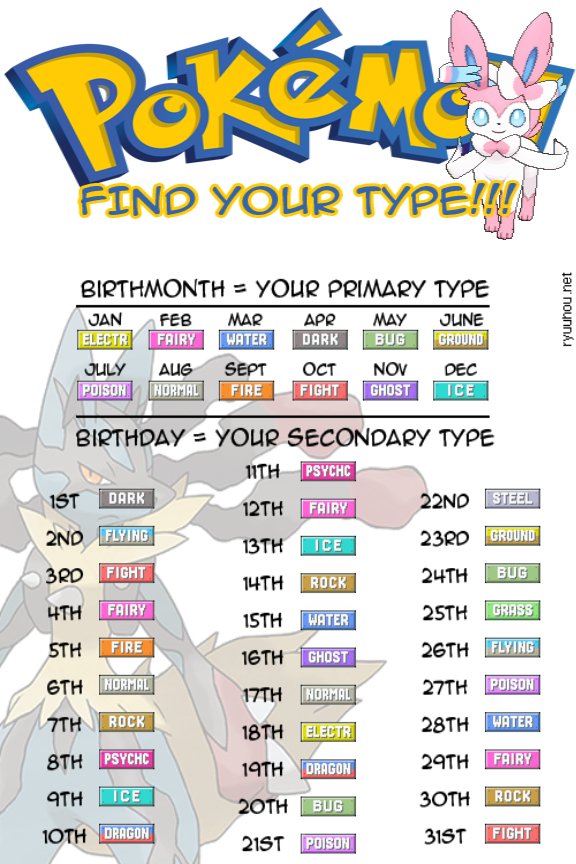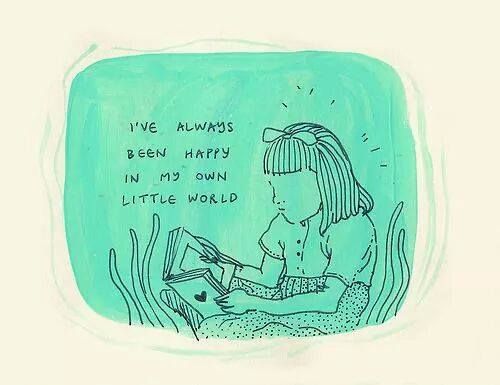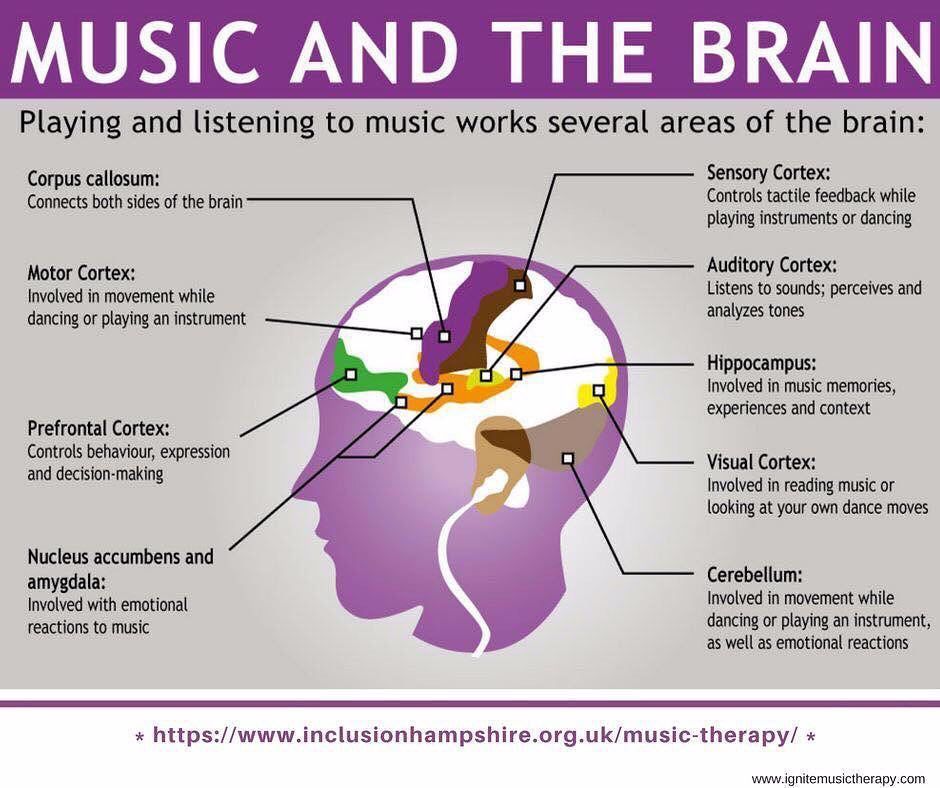Oars in mi
Using OARS in Motivational Interviewing
In Focus Articles
ByBarb Bowler RN M Nursing MSoc Sci (Counselling) CMHN
The four core motivational interviewing skills or OARS are Open questioning, Affirming, Reflecting and Summarising (Miller, W. R., & Rollnick, S. 2013). Most clinicians and helpers have these essential micro counselling skills in their tool box as they are also used in a wide variety of counselling and helping situations. Because these four skills are essential in motivational interviewing (Zolezzi,2021), we review each one individually below.
Open Questions in Motivational InterviewingUsing open questions gives the client the opportunity to tell their story and provide important information. This skill demonstrates interest in the person’s life and their struggle with behaviour change and assists in building acceptance and trust.
Open questions in motivational interviewing gather broad descriptive information. They:
- facilitate dialogue
- require more than a simple yes or no response
- often start with words like “how” or “what” or “tell me about” or “describe” and
- usually go from general to specific.
Remember that closed questions have a place for gathering discrete pieces of information such as employment or marital status. Be cautious not to get into a question and answer session. Asking question after question can seem a little like a police interrogation. The rule of thumb is no more than 3 questions in a row with the client doing most of the talking – about 70% to the clinician’s or helper’s 30%.
Affirming or Using Affirmation in Motivational InterviewingAffirmations can be used liberally in motivational interviewing, but they should be congruent and not effusive or over the top. The clinician or helper must feel and believe what they say – if you are not genuine, the person will feel this and trust may be lost. Affirming is different from praising, which is often more about the clinician’s or helper’s reaction and can come across as superior and patronising. Affirming the client acknowledges and supports the client’s struggles and hard work. Notice opportunities to use affirmations in your work. Affirmations are best when they focus on the client rather than on your response.
Affirming is different from praising, which is often more about the clinician’s or helper’s reaction and can come across as superior and patronising. Affirming the client acknowledges and supports the client’s struggles and hard work. Notice opportunities to use affirmations in your work. Affirmations are best when they focus on the client rather than on your response.
Reflective listening is the primary skill used to demonstrate empathy, interest and understanding. In relation to influencing behaviour change, reflective listening helps to clarify, to manage conflict, to explore reasons for change and to provide affirmation. Reflective listening begins with an interest in what the client has to say and a desire to truly understand how that person sees things. Reflective listening needs to be developed as it is easy for beginners to get trapped in what becomes an interrogation, asking question after question with little or no reflection.
Summarising reinforces what has been said, and shows you have been listening carefully. Summaries are usually brief, 3-4 sentences and decisions need to be made about what to include. Use summaries throughout the session as well as at the conclusion of a session. It is a good way to check that both the clinician or helper and the client are on the same page. The client hears a rundown of their concerns and has the opportunity to correct any errors in understanding. A summary can also be used to help shift direction in the session and move the conversation forward.
These four skills are essential to the practice of Motivational Interviewing. Using your OARS frequently greatly enhances success.
Contact us to find out more about Motivational Interviewing and how we can assist your organisation to support and empower your staff.
ReferencesMiller, W. R., & Rollnick, S. (2013). Motivational Interviewing: Helping people change (3rd ed.). New York: Guilford Press.
Motivational Interviewing: Helping people change (3rd ed.). New York: Guilford Press.
Zolezzi, M., Paravattil, B., & El-Gaili, T. (2021). Using motivational interviewing techniques to inform decision-making for COVID-19 vaccination. International Journal of Clinical Pharmacy, 43(6), 1728-1734.
Similar Posts
30+ Tools, Affirmations & More
Have you ever experienced the frustration of working with a client who just cannot seem to find the motivation to change their problematic behavior?
Learning more about motivational interviewing might just help you to overcome the impasse.
Motivational interviewing (MI) is “a directive, patient-centered counseling style for eliciting behavior change by helping patients to explore and resolve ambivalence” (Rollnick & Miller, 1995).
First developed as a brief intervention for the treatment of alcohol problems (Miller & Rollnick, 1991), in which lack of motivation is a common obstacle to change, the approach builds on Carl Rogers’s optimistic and humanistic theories.
This article looks at the key MI techniques of open questioning, affirmation, reflective listening, summarizing, considering ways to elicit change talk, and examples of affirmations.
Before you continue, we thought you might like to download these three Goal Achievement Exercises for free. These detailed, science-based exercises will help you or your clients create actionable goals and master techniques to create lasting behavior change.
This Article Contains:
- A Look at the OARS
- 10 Strategies for Eliciting Change Talk
- 17 Motivational Interviewing Affirmations
- Helpful Exercises for Your Sessions
- A Note on MI in CBT
- PositivePsychology.com Resources
- A Take-Home Message
- References
A Look at the OARS
Open questions, affirmations, reflective listening, and summary reflections (OARS) are the basic interaction techniques and skills used in the motivational interviewing approach. These are considered the four core skills (Miller & Rollnick, 2013).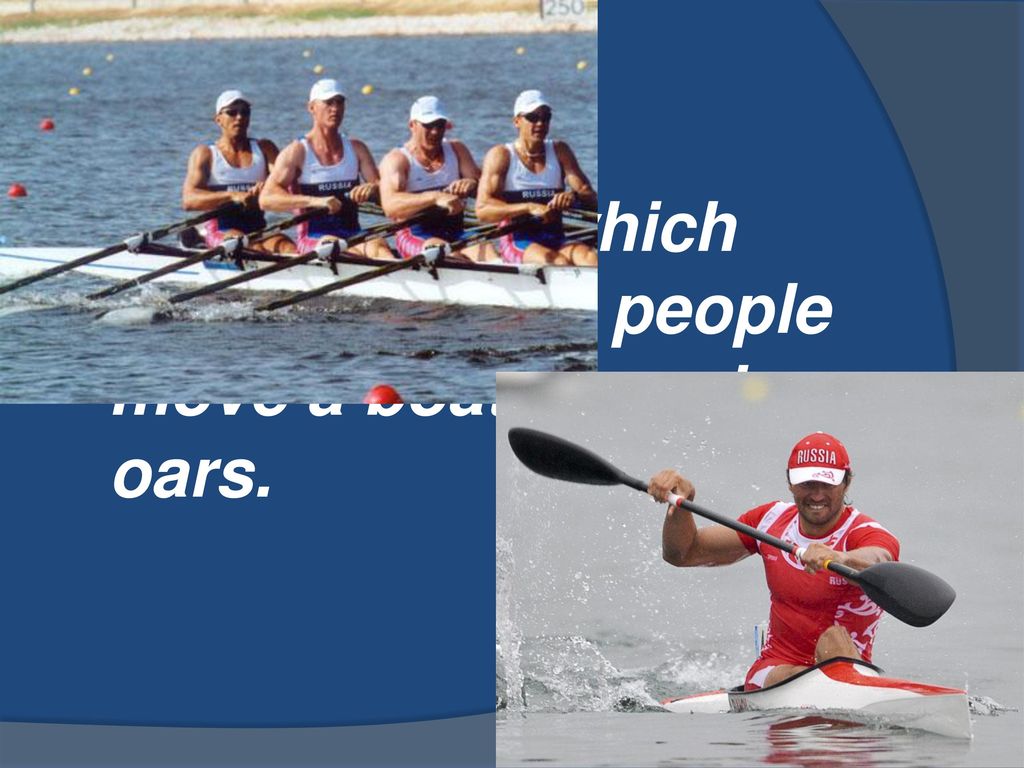
Open questions
Open questions are designed to encourage clients to tell their story in their own words. They enable you to explore, clarify, and gain an insight into your client’s world and demonstrate curiosity and interest in the person. Importantly, using open questions can prompt a discussion about the reasons for making changes.
Examples of open questions and inquiring statements include:
- Help me understand…
- How would you like things to be different?
- What do you want to do next?
- Tell me more about…
Affirmations
Miller and Rollnick (2013) identify affirmation as a key element of motivational interviewing and building and maintaining a therapeutic relationship with the client. The use of affirmations identifies clients’ strengths and acknowledges the client’s efforts in their struggles.
Personal affirmations are important supportive statements to help clients increase their confidence in their ability to change. Affirmations are statements of appreciation and understanding.
Affirmations are statements of appreciation and understanding.
These statements are intended to make the client feel supported by the practitioner, regardless of the status of their behavioral changes or attempts to change, and play an important role in building the therapeutic alliance. However, affirmations must be genuine for them to truly resonate with a client. One way to ensure authenticity is to focus on specific positive behaviors and acknowledge small successes.
Reflective listening
Reflective listening is a primary skill used in MI to demonstrate empathy, interest, and understanding. Reflective listening involves the therapist hearing and understanding and then letting the client know that they are being heard and understood.
In relation to encouraging behavior change, reflective listening helps to clarify and explore reasons for change. In reflective listening, you do not offer your perspective but, instead, keep the focus directly on what your client is saying.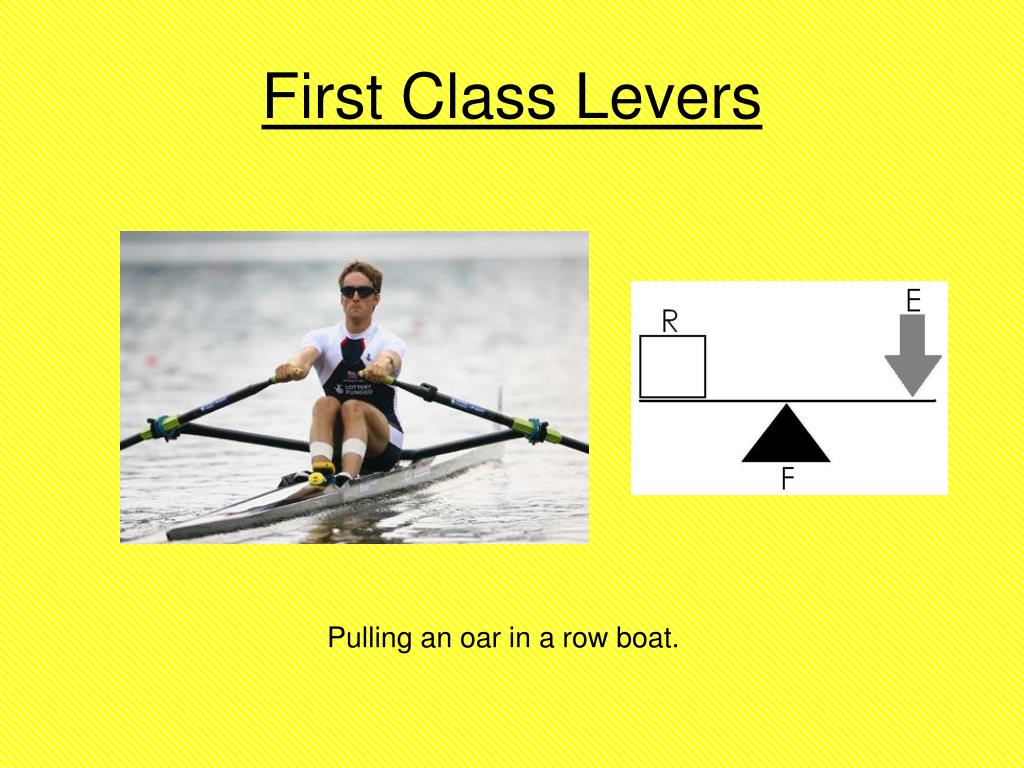
Although the primary focus is on what the client actually says, the therapist can also reflect what they notice in tone of voice, body language, and sometimes by noticing what is not said or gaps in the narrative.
Reflective listening can be viewed as a “checking” process to ensure that both client and therapist understand what is being communicated.
Summary reflections
Summarizing in MI is an application of reflective listening and should be used throughout the session. As with reflective listening, summaries can be a good way to check that you have thoroughly understood your client. Summarizing can be a particularly useful technique to assist a client in organizing their experience.
For the most part, therapists should aim to summarize elements that will help the client move forward. Nonetheless, suppose a client is ambivalent about change. In that case, it is important to reflect this authentically by including both sides in the summary (for example, saying something like, “on the one hand xx, but on the other hand xx”).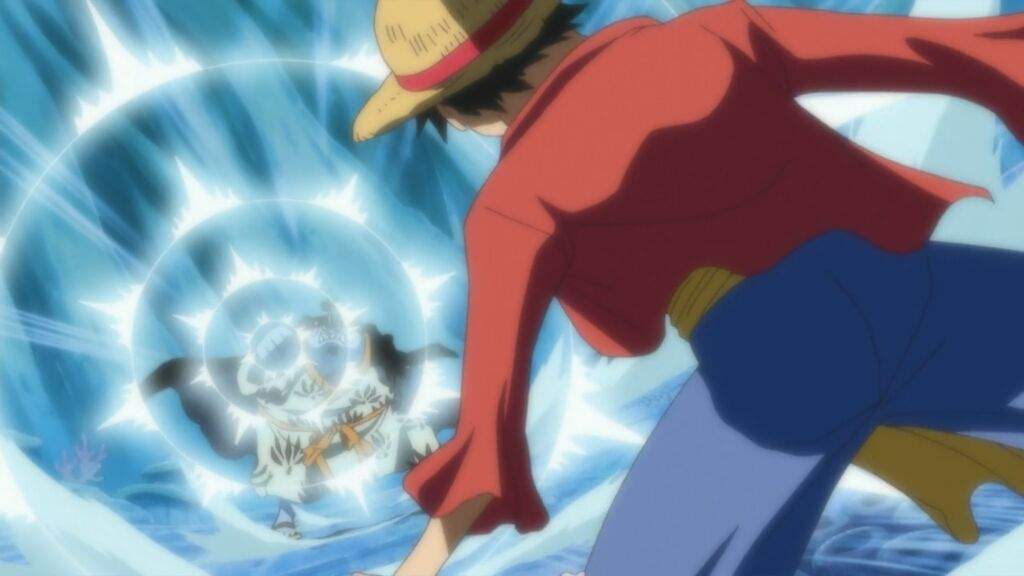
10 Strategies for Eliciting Change Talk
Miller and Rollnick (2013, p. 159) define change talk as “any self-expressed language that is an argument for change.”
Eliciting change talk is an essential, active ingredient of MI (Miller & Rollnick, 2013), and it has been shown to predict improved outcomes in therapy (Walker, Stephens, Rowland, & Roffman, 2011).
One of the most critical tasks for therapists is to recognize change talk when it occurs. Miller and Rollnick (2013) use the acronym DARN CAT to describe various types of change talk:
- Desire
- Ability
- Reasons
- Needs
- Commitment language
- Action (current movement)
- Taking steps toward change
So what techniques or strategies can you utilize to encourage your client to express and explore change talk? We have identified 10 strategies you might like to employ in your MI work.
- Ask evocative questions:
Ask open questions that have an emphasis on change (for example, “How would you like things to be different?”) - The ruler strategy:
One of the most commonly used methods to elicit change talk through MI is the 0–10 ruler strategy (Resnicow, Gobat, & Naar, 2015).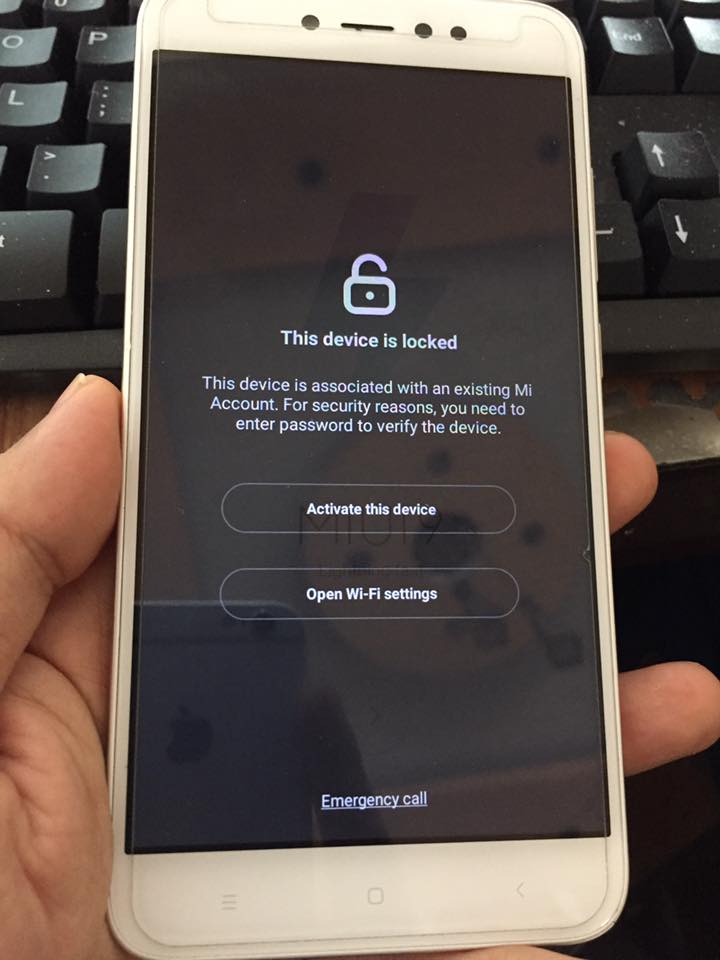 This usually takes the form of two questions:
This usually takes the form of two questions: - On a scale from zero to ten, how important is it for you to (change), where zero is not at all important, and ten is extremely important?
- On a scale from zero to ten, how confident are you that you could (change)?
On obtaining a rating, the therapist can prompt further exploration by asking why the client did not choose a higher/lower number and what it would take to alter the number.
- Explore costs and benefits:
Explore both the costs and benefits of maintaining the current situation and then the costs and benefits of change. This can be done in the form of writing a list together to discuss further. - Ask the client to elaborate:
When you hear change talk, ask the client to provide more details (for example, “Tell me more…” or “What might that look like?”) - Encourage the client to provide examples:
When a change talk theme is identified, ask for specific examples. This helps to engage further in the talk.
This helps to engage further in the talk. - Look back:
Ask the client about a time before the current concern emerged. How were things better or different then? - Look forward:
This is where you can try using the miracle question, “If you were 100% successful in making the changes you want, what would be different?” Or simply ask how they would ideally like their life to be in the future. It can also help to consider what life would look like if the changes were not made and explore what the consequences of that might be. - Identify extremes:
Particularly useful when there is little expressed desire for change. Ask the client to describe possible extremes:“What is the worst-case scenario if you don’t make this change?” and “What are the best things that might happen if you do make this change?” - Explore goals and values:
Be curious about your client’s values and encourage active investigation of them. Explore what is truly important to them and what their goals are in life.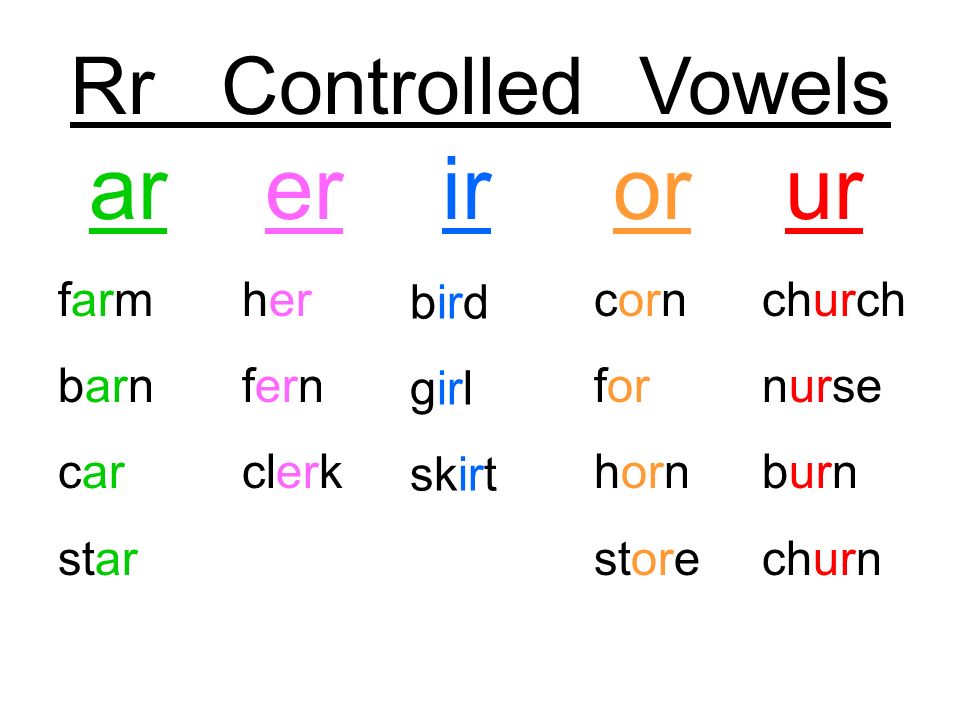 If possible, ask your client to state goals explicitly. If there is a “problem” behavior, ask how that behavior fits in with the person’s goals or values. Does it help realize a goal or value, or does it interfere with achieving it?
If possible, ask your client to state goals explicitly. If there is a “problem” behavior, ask how that behavior fits in with the person’s goals or values. Does it help realize a goal or value, or does it interfere with achieving it? - Come alongside:
Here the therapist explicitly sides with the negative side of ambivalence (i.e., not making a change). “Perhaps xxx feels so important to you that you won’t give it up, no matter what the consequence.”
17 Motivational Interviewing Affirmations
As already mentioned, affirmations are a key tool in MI. For them to be effective, there are a few suggestions to follow. In keeping with the person-centered spirit of motivational interviewing, the most important quality of any affirmation is that it must be genuine and express positive regard.
Affirmations should be used to emphasize your client’s strengths and notice and appreciate any positive actions they take, particularly when this is in the direction of the specific change you are working toward.
Some useful examples:
- You are determined to get your health back.
- I appreciate your efforts despite the discomfort you’re in.
- Thank you for all your hard work today.
- You’re determined to make changes.
- Despite your difficulties, you’re still willing to try.
- You are clearly a very resourceful person.
- Even though things are difficult right now, you try so hard to…
- You handled yourself really well in that situation.
- That’s a good suggestion.
- You’re a strong person, a real survivor.
- I appreciate your openness and honesty today.
- That was a lot of work.
- You pulled it off.
- You don’t give up, even when it’s tough going.
- You worked so hard to figure it out.
- You didn’t know if you could do it, but you tried anyway.
- It took a lot of courage to come in today.
Helpful Exercises for Your Sessions
It is important to note that MI is not a technique or clearly demarcated procedure but, rather, a guiding style for enhancing intrinsic motivation to change (Rollnick, Miller, & Butler, 2008).
The strategies suggested above for eliciting change talk should be used flexibly, and for motivational interviewing to be effective, therapists should stay true to the humanistic underpinnings of the MI spirit (Miller & Rollnick, 2009).
The skill in MI is to use the OARS to encourage, support, and motivate your client while staying alert to any change talk and responding directly to this. For these reasons, there are few suggested exercises, but the following ideas are considered intrinsically rooted in MI principles:
Agenda mapping
The therapist uses the OARS skills to encourage the client to establish the conversation’s focus and what they want to achieve from the session. A collaborative agenda should be developed that ensures the work concentrates on the most pertinent issue.
Continuing the paragraph
This is a reflective listening method in which the therapist offers what might be the next (as yet unspoken) sentence in the client’s paragraph. This encourages progression in the ideas the client is beginning to express.
This encourages progression in the ideas the client is beginning to express.
Elicit, provide, elicit (EPE)
EPE is an “information exchange process that begins and ends with exploring the client’s own experiences to frame whatever information is being provided to the client” (Miller & Rollnick, 2013). The aim is to first “elicit” what the client already knows, then fill in any gaps or misconceptions (provide), and finally to explore how that fits with the client’s experience (elicit).
A Note on MI in CBT
Research has demonstrated that motivational interviewing can be synergistic with Cognitive Behavioral Therapy (CBT) and lead to improved treatment outcomes (e.g., Arkowitz & Burke, 2008; Flynn, 2011).
MI can be used during CBT to enhance motivation, resolve ambivalence, and reduce resistance (Arkowitz & Burke, 2008). There are useful similarities in the collaborative approach to working with clients inherent in both approaches, emphasizing goal setting and focusing on specific problems or behaviors (Flynn, 2011).
However, one notable difference is that in MI, the client is always viewed as the expert and the key change agent, whereas in CBT, the therapist is usually assumed to be the key change agent (Flynn, 2011).
CBT is intended to provide clients with something they lack, such as coping skills, restructured cognitions, or psychoeducation. In contrast, MI is focused on “eliciting from people that which is already there” (Miller & Rollnick, 2009, p. 134).
As mentioned, MI techniques can be woven into the CBT treatment to enhance motivation to change. CBT does not directly address ambivalence about change but rather focuses on providing the client with the motivation tools required to make changes. As such, integrating the two might be particularly beneficial when working with a highly ambivalent client.
Using MI skills integrated into CBT sessions is likely to enhance initial treatment engagement, treatment adherence, and treatment retention (Arkowitz & Burke, 2008).
PositivePsychology.com Resources
If you are interested in really digging deeper into the topic of motivation, we have an excellent Motivation & Goal Achievement Masterclass© available on our website for you to access.
In addition, our site has numerous motivational interviewing resources, including specific MI questions, skills, and worksheets, to assist with your client’s readiness to change.
Three articles you might find particularly helpful:
- What Is Motivational Interviewing? A Practical Theory of Change
- 17 Motivational Interviewing Questions and Skills
- The 6 Stages of Change: Worksheets for Helping Your Clients
We also have a wide range of helpful worksheets; these four are particularly pertinent:
- Identifying Needs and Wants
- 3 Month Vision Board
- Motivational Interviewing in Social Work
- SCAMP – Goal Setting
If you’re looking for more science-based ways to help others reach their goals, this collection contains 17 validated motivation & goals-achievement tools for practitioners. Use them to help others turn their dreams into reality by applying the latest science-based behavioral change techniques.
A Take-Home Message
When you take a moment to let it sink in, you start to realize how much potential the seemingly simple approach of motivational interviewing offers.
Perhaps it really is possible to empower clients to make positive changes that fit with their own goals and values, using an artfully guided conversation.
Are you motivated to give it a try?
We hope you enjoyed reading this article. Don’t forget to download our three Goal Achievement Exercises for free.
- Arkowitz, H., & Burke, B. L. (2008). Motivational interviewing as an integrative framework for the treatment of depression. In H. Arkowitz, H. A. Westra, W. R. Miller, & S. Rollnick (Eds.), Applications of motivational interviewing. Motivational interviewing in the treatment of psychological problems (pp. 145–272). Guilford Press.
- Flynn, H.
 A. (2011). Setting the stage for the integration of motivational interviewing with cognitive behavioral therapy in the treatment of depression. Cognitive and Behavioral Practice, 18(1), 46–54.
A. (2011). Setting the stage for the integration of motivational interviewing with cognitive behavioral therapy in the treatment of depression. Cognitive and Behavioral Practice, 18(1), 46–54. - Miller, W. R., & Rollnick, S. (1991). Motivational interviewing: Preparing people to change addictive behavior. Guilford Press.
- Miller, W. R., & Rollnick, S. (2009). Ten things that motivational interviewing is not. Behavioural and Cognitive Psychotherapy, 37(2), 129–140.
- Miller, W. R., & Rollnick, S. (2013). Motivational interviewing: Helping people change (3rd ed.). Guilford Press.
- Resnicow, K., Gobat, N., & Naar, S. (2015). Intensifying and igniting change talk in motivational interviewing: A theoretical and practical framework. European Health Psychologist, 17(3), 102–110.
- Rollnick, S., Miller, W. R., & Butler, C. C. (2008). Motivational interviewing in health care.
 Guilford Press.
Guilford Press. - Rollnick, S., & Miller, W. R. (1995). What is motivational interviewing? Behavioural and Cognitive Psychotherapy, 23, 325–334.
- Walker, D., Stephens, R., Rowland, J., & Roffman, R. (2011). The influence of client behavior during motivational interviewing on marijuana treatment outcome. Addictive Behaviors, 36, 669–673.
One against the Atlantic - KP.RU
Komsomolskaya Pravda
SocietyScience: Expeditions
January 17, 2003 16:56
Here are the diaries of a man who once again deceived death and was released by the ocean to earth. You, the readers of Komsomolskaya Pravda, will be the first to read the notes made in the Atlantic by Fyodor Konyukhov, who rowed the URALAZ boat and alone traveled several thousand ocean miles.
Before you are the diaries of a man who once again cheated death and was released by the ocean to earth. You, the readers of Komsomolskaya Pravda, will be the first to read the notes made in the Atlantic by Fyodor Konyukhov, who rowed the URALAZ boat and alone traveled several thousand ocean miles. The Russian traveler brought this diary to our editorial office immediately after his record crossing.
The Russian traveler brought this diary to our editorial office immediately after his record crossing.
Entries are frank. Sometimes it seems like too much.
Perhaps, after this reading, many will forever lose the desire to travel somewhere by water. Or maybe vice versa...
Another autumn in the ocean.
I could not resist. Tired. I saw frenzied, arrogant, predatory sharks, trained in murder and robbery. One blow to the side - and I will go to the bottom.
When the voyage is over, the oars will turn into a burden, I will hand them over at sunset to my wife Irinushka.
October 17
The wind is bad, the wave is steep from the south, there is a crowd, and big waves from the east. You can't paddle. Oars breaks and pulls out of hands.
Time ceases to exist in solo swimming. I realized that it is not so important.
But even without time, I must complete the voyage. If only you are not afraid of difficulties, if you only row 15-18 hours a day .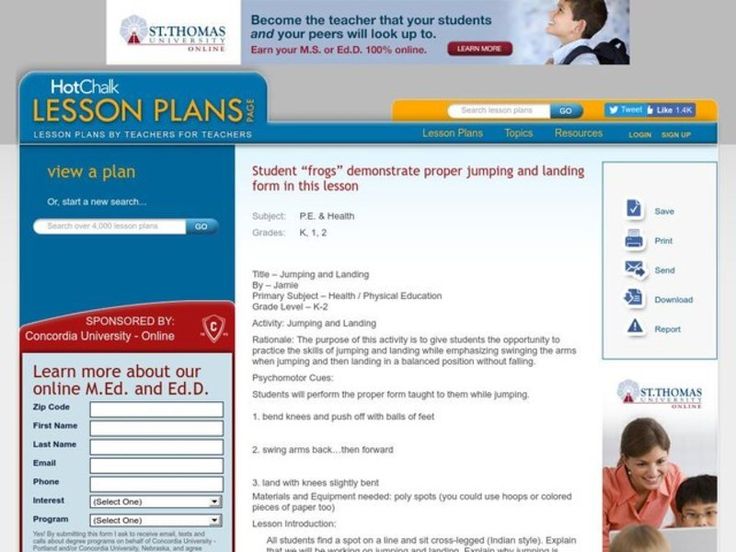 .. then all is not lost.
.. then all is not lost.
Walked 39 miles.
The desperate loneliness that you see in the eyes of an old dying dog has come. This is hopelessness.
My character is strong but not well balanced.
Skinny rower,
Hold on, don't give up.
The moon is watching you!
It cannot be said that there is no danger of breaking the oars. I dip them time after time into the water, as if trying to scoop out the ocean with them in order to see the streets of the beautiful cities of Atlantis at its bottom.
October 18
I made the mistake of rowing and sweating too much at night. We must sleep until dawn.
One should not fall into despair at the mere sight of an endless ocean. After the dazzling glare of hot water, the cabin seemed gloomy and gray, and the stale hot air smelled of mold.
The body is covered with a red rash from sea salt and sweat. The skin, as after burns, peels off over and over again. I took off all my clothes. I almost lost my temper and with difficulty fought the urge to shout: “People, where are you?” And yet he screamed.
I took off all my clothes. I almost lost my temper and with difficulty fought the urge to shout: “People, where are you?” And yet he screamed.
At night on the ocean
The rower scatters his life
Thoughtlessly aimlessly.
October 20
Waves come from the southwest in mountains, eight meters each. Everything was damp, last night a wave flew into the cabin and flooded everything, including telephones.
Fatigue, like ink poured into water, dispersed in circles, spread like a jellyfish. Each nerve seems to be tied to the oars.
I need to rest. And put the water to boil for tea. Or maybe not. The stomach, like a drum, is filled with water. In this heat, I drink seven liters of it a day. I wiped off the sweat, blew my nose with my fingers, shook everything overboard.
I am in constant anxiety - I am afraid that if I do not row, the voyage will be delayed for a long time and I will not have enough fresh water. In order not to think, I lean on the oars with all the power of my body and sing songs at the top of my voice. Before swimming, I imagined that it was hard to row every day for 15 hours. Didn't know it to that extent.
Before swimming, I imagined that it was hard to row every day for 15 hours. Didn't know it to that extent.
The day is dull, I don't want to live.
Arms weakened from exertion, as if tendons had been pulled out of them.
October 21
Ever since I got sunstroke and passed out, I have been feeling weak and headache all the time. I was tormented by a strong fever, temperature 39 and vomiting.
I slept badly during the day, I had to fall asleep at night. But I want to sleep all the time!
I feel unwanted here in the ocean, often falling into masochistic introspection. What kind of person I am: I always cause trouble to my loved ones, and you won’t know what’s on my mind!
Such a life is expedient and necessary only as long as I am healthy and able to go on an expedition. And then what?
Flying fish flutter,
I float on the ocean,
Like dust on the road.
October 22
Walked 189 miles.
I row with extraordinary zeal. From the sounds emitted from the oarlocks, and the rhythmic strokes, it begins to sleep.
Don't sleep... You can't sleep.
October 23
Three steamers passed from starboard during the night. I was awakened by the cry of sperm whales, similar to the groans of old war veterans.
The mind can hardly endure such a state. From the inflamed eyes, tears flow non-stop, as if covered with sand, - sea salt corrodes the pupils.
I haven't started rowing yet, but I don't have the strength anymore. I made an attempt several times to swing the oar. The whole body was covered with sweat, sweat poured into the eyes. And then a cramp cramped my back, and I could no longer move at all. I stopped, put down the oars to rest and catch my breath. Thought my boat had made significant progress. But when I looked at the GPS, I found, to my horror, that I had not gone even five miles. Why have I been rowing all this time?!
Incredible.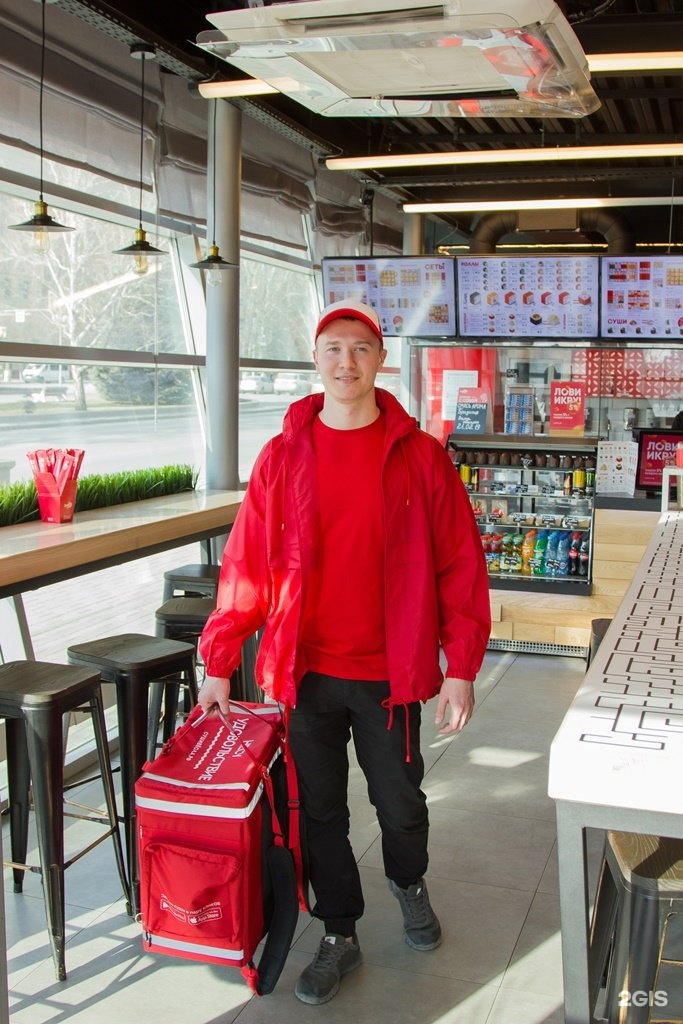 It remains to be considered: this is a mistake.
It remains to be considered: this is a mistake.
I dreamed that whales were swimming near the starboard side. I put my head in my hands and groaned softly.
( Continued.)
FROM THE KP DOSSIER The URALAZ boat was made in English Exmus from Canadian cedar, carbon and fiberglass, length 7 meters, width 2 meters, weight 350 kg. Holds 500 kg of cargo and rower. There is a radar detector, an ARGOS tracking system, 3 floating anchors. A satellite phone antenna. Two solar panels (for a watermaker and a satellite phone). A set of spare oars. A cabin 1.80 meters long.
Age category of the site 18+
Online publication (website) registered by Roskomnadzor, certificate El No. FS77-80505 dated March 15, 2021
I.O. EDITOR-IN-CHIEF - NOSOVA OLESIA VYACHESLAVOVNA.
I.O. chief editor of the site - Kansky Viktor Fedorovich
Messages and comments from readers of the site are posted without preliminary editing. The editors reserve the right to remove them from the site or edit them if the specified messages and comments are an abuse of freedom mass media or violation of other requirements of the law.
The editors reserve the right to remove them from the site or edit them if the specified messages and comments are an abuse of freedom mass media or violation of other requirements of the law.
JSC "Publishing House "Komsomolskaya Pravda". TIN: 7714037217 PSRN: 1027739295781 127015, Moscow, Novodmitrovskaya d. 2B, Tel. +7 (495) 777-02-82.
Exclusive rights to materials posted on the website www.kp.ru, in accordance with the legislation of the Russian Federation for the Protection of the Results of Intellectual Activity belong to JSC Publishing House Komsomolskaya Pravda, and do not be used by others in any way form without the written permission of the copyright holder.
Acquisition of copyright and communication with the editors: [email protected]
Oar cell | Publications
Stories
What is our life filled with? Family, work, meetings with friends, unexpected problems, good news... While everyone is busy with ordinary affairs, somewhere in the middle of the Pacific Ocean he throws a small boat over the waves - a person in it rows all day long, occasionally interrupting for an hour's sleep. This is the ordinary life of the traveler Fyodor Konyukhov
This is the ordinary life of the traveler Fyodor Konyukhov
One of the first photographs taken during the sailing from Concon to Chile. Photo: Fedor Konyukhov
On December 22, 2013, a single boat departed from the berth of the city of Concon (Chile), on which Fedor Konyukhov is going to row 8,000 nautical miles (15,000 km) across the Pacific Ocean. Every evening, Fedor communicates by satellite phone with his son Oscar, who keeps a sailing diary on behalf of his father. "Around the World" publishes the brightest excerpts from the diary .
DECEMBER 31, 2013, DAY 10
The last day of 2013, preparations for the New Year are underway on the shore, but everything is the same here. I wanted to drink wine, but ten minutes before midnight, the instruments recorded a tanker coming towards me. The celebration had to be postponed and maneuvers began to "dodge" the ship, which eventually passed three miles (5.5 km) astern.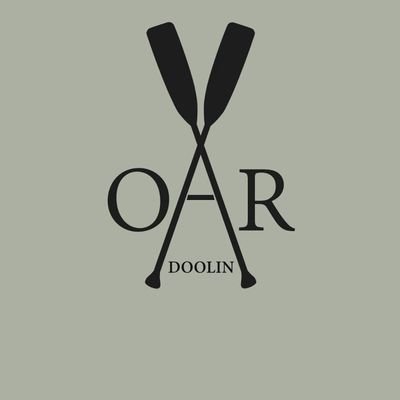 But I am glad that I meet the New Year on the road and can observe the greatness of the Pacific Ocean.
But I am glad that I meet the New Year on the road and can observe the greatness of the Pacific Ocean.
JANUARY 1, 2014, DAY 11
It's like going solo around the world. Physically harder, but psychologically easier. Navigation on a rowboat is simple: I look at the map of the route, course and speed ... Most of all I am worried about commercial and fishing boats. They go very fast (relative to the speed of the rowboat). Before the ship's silhouette appears on the horizon, half an hour later it is already abeam with the boat (direction perpendicular to the ship's course. - Note. " Around the world » ).
JANUARY 3, 2014, DAY 13
I am waging a hard fight against the elements. I confess I didn't think it would be so hard. Continuous struggle with squall winds and waves lapping over the side. The oars are out of hand. I am constantly wet through. I haven't changed my clothes for over a week. The Humboldt current and the southwest winds carry me north. Every hour I pray to the Lord to soften the elements.
Every hour I pray to the Lord to soften the elements.
GEOGRAPHY
The Pacific Ocean. Fedor Konyukhov route
Fedor Konyukhov crosses the largest ocean on the planet - the Pacific - along the most difficult route: from continent to continent (South America - Australia). No stops on the islands and no meetings with other ships.
In the history of the development of the oceans on rowboats, no one has yet been able to do this.
Start of voyage with the support of the Russian Geographical Society took place on December 22 in Concon (Chile).
In June Konyukhov must finish in Brisbane (Australia).
JANUARY 4, 2014, DAY 14
Three small squids were carried aboard during the night, I cleaned them and doused them with boiling water. It turned out to be a good addition to the usual freeze-dried menu (frozen, then dried food that retained its beneficial properties. They weigh less, they are diluted with boiling water before eating.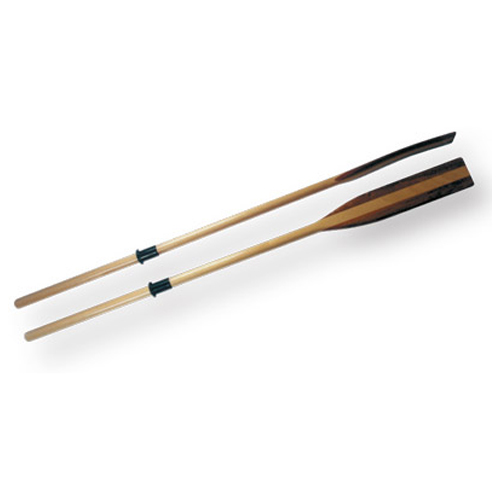 - Approx. " Around the world " ).
- Approx. " Around the world " ).
JANUARY 9, 2014 DAY 19
Caught a tuna today. He released a lure behind the stern and at a speed of 2.5-3 knots (4.6-5.5 km / h - Note. " Around the world " ) started fishing. After a couple of hours, the coil crackled. After some effort, I pulled out a small tuna, 40 centimeters in length. Just what I need, no bigger size, no fridge on board. While cutting, cleaning and cooking the fish, it took more than an hour. As a result - tuna fish soup and some kind of sashimi (thinly sliced raw meat). So today I have a gourmet lunch with a great view of the ocean, but speed has to be sacrificed.
JANUARY 18, 2014, DAY 28
From the beginning of swimming, the stomach feels all the "charm" of freeze-dried products. Every day I need to dilute in boiling water and eat several servings of this "special food". I get a terrible amount of energy from such dinners. And the same terrible heartburn in addition.
And the same terrible heartburn in addition.
JANUARY 21, 2014, DAY 31
Carried out technical inspection of the boat. I smeared all the deck hatches with sealant (they began to leak), changed the wheels on the rowing seat. He put on a mask and dipped his head into the water - the bottom was covered with a layer of nasty green slime. This is a harbinger of the fact that growing mollusks will soon appear - you will have to dive and clean them off with a special tool.
JANUARY 28, 2014, DAY 38
In the afternoon I had a little rest, I was able to read. I only have a couple of books on board. Today I read "Unholy Saints" by Archimandrite Tikhon (Shevkunov). Engaged, useful book. So the daily transition will be less than usual.
Konyukhov is constantly working. Interrupted only for an hour's sleep. In total, he “gains” 5–6 hours of rest per day
JANUARY 31, 2014, DAY 41
It is difficult to calculate how much longer I will stay in the ocean, so I set the mode to save everything: food and gas. When I go half way, it will be possible to build more accurate forecasts and adjust the diet. I'm hoping for fish. In the early days, in bad weather, I didn’t eat anything, kept on internal supplies, but now I can’t, I want to eat 24 hours a day. Hungry all the time. I lost a lot of weight.
When I go half way, it will be possible to build more accurate forecasts and adjust the diet. I'm hoping for fish. In the early days, in bad weather, I didn’t eat anything, kept on internal supplies, but now I can’t, I want to eat 24 hours a day. Hungry all the time. I lost a lot of weight.
FEBRUARY 4, 2014, DAY 45
This emptiness around cannot be expressed in words. In recent days, when I was struggling with bad weather, I didn't think too much about it. But when the Japanese ship Onahama Maru appeared on the radar, everything changed. For the first time I deeply realized loneliness. I myself did not see the ship, and I do not know if I was displayed on their radars. In the places where my path lies, there is not a single soul around for hundreds of miles. It feels like you got to a place where there is nothing at all...
FEBRUARY 8, 2014, DAY 49
Today I dreamed that I was walking on the ground, on a green field. It's so cool. When the alarm rang, I didn't want to wake up trying to prolong these moments. On a boat, I move around on my knees, crawling from the cabin to the deck and back. I practically don’t get up to my full height, and there’s nowhere to go here.
When the alarm rang, I didn't want to wake up trying to prolong these moments. On a boat, I move around on my knees, crawling from the cabin to the deck and back. I practically don’t get up to my full height, and there’s nowhere to go here.
FEBRUARY 10, 2014, DAY 51
Lately the bones in my arms have been hurting, it feels like they are twisting. When I row, the pain is not so strongly felt, but I lie down to rest, and begins to pull and twist. I can't relax and unwind. Because of this, he only slept three hours a day. Almost 50 days of pitching, chattering does not stop for a minute. The boat is in motion, all the muscles of the body are tense, even when I am lying in the cabin.
Illustration by Alexander Dragin
MODEL
Boat with a heart
Nine-meter rowing boat "Turgoyak" designed by Englishman Philip Morrison. The aft cabin is divided into two watertight compartments. In the first, closer to the entrance, there is a navigation cabin and a galley 2 , in the second - a rest cabin 1 .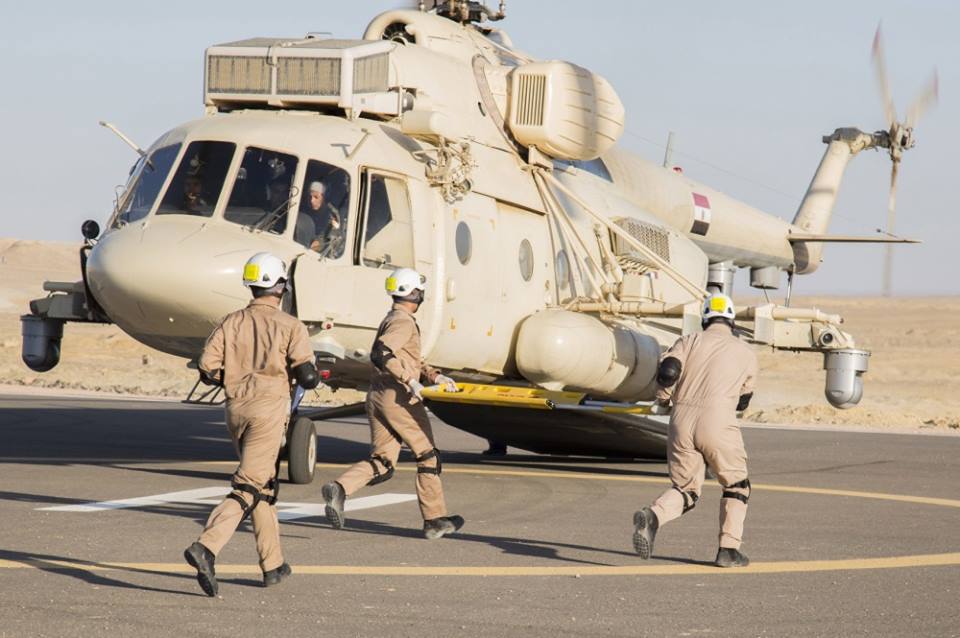 Food, equipment, a floating anchor are stored in the bow compartment. The boat has two sets of oars: long and short. The first is for calm water, the second is for stormy weather. Also, the traveler uses an autopilot that keeps the boat on a given course. But the main thing, according to Konyukhov, is water desalinators. They are powered by solar panels installed on the bow and stern cabins. "Water Maker 3 is the heart of the boat. Without it, I wouldn't have lasted more than a week. You can’t count on rainwater: even if it rains, it is accompanied by a squally wind, splashes of sea water, ”says the traveler.
Food, equipment, a floating anchor are stored in the bow compartment. The boat has two sets of oars: long and short. The first is for calm water, the second is for stormy weather. Also, the traveler uses an autopilot that keeps the boat on a given course. But the main thing, according to Konyukhov, is water desalinators. They are powered by solar panels installed on the bow and stern cabins. "Water Maker 3 is the heart of the boat. Without it, I wouldn't have lasted more than a week. You can’t count on rainwater: even if it rains, it is accompanied by a squally wind, splashes of sea water, ”says the traveler.
You have to move around the sections on your knees. You can straighten up to your full height, for example, on deck 4 , but there is nowhere to walk here - it is only three meters long.
FEBRUARY 11, 2014, DAY 52
I now live from sunset to sunset. Those moments when the ocean swallows the tired sun during the day are real magic.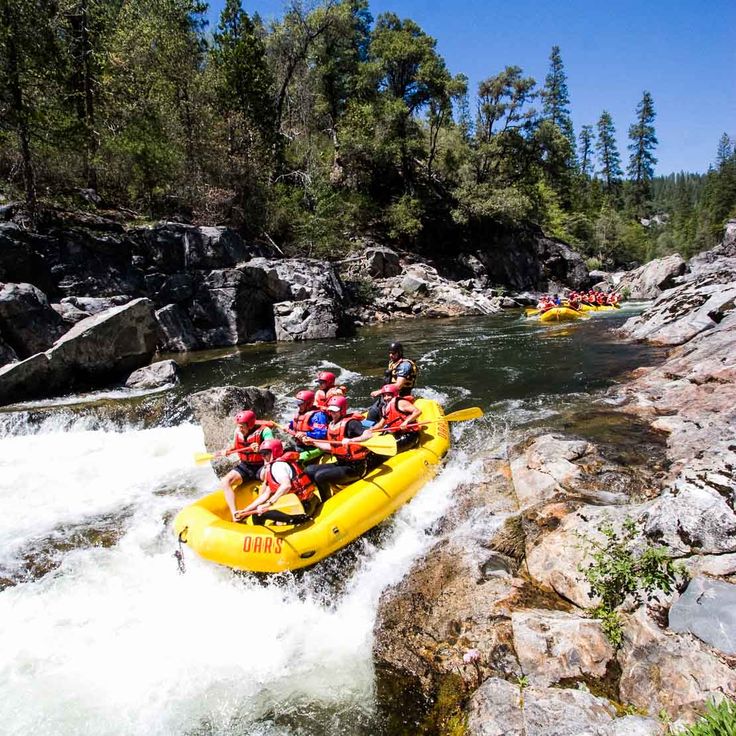 I never miss sunsets. For me, they are a time of contemplation, reflection and prayer. Seeing off the sun, I think about what I did that day, and ask God for strength for the coming day.
I never miss sunsets. For me, they are a time of contemplation, reflection and prayer. Seeing off the sun, I think about what I did that day, and ask God for strength for the coming day.
FEBRUARY 16, 2014, DAY 57
In the morning, a large jellyfish caught on a lure, I pulled it out with my hands, and then rubbed my back and got a slight burn. Not fatal, but you have to be careful.
FEBRUARY 18, 2014, DAY 59
Joints and back hurt. You can’t lose weight further, otherwise you simply won’t have enough strength to complete the swim. Here a good helper is the caught fish.
FEBRUARY 22, 2014 DAY 63
Took a chance and cleaned the bottom of the boat. He put on a harness and a life jacket. He went overboard and worked with a brush and scrapers. The boat is heavily overgrown, but now it will be easier. I photographed the boat from the side. To do this, lengthened the safety line by five meters. An unusual sight: a boat without a rower, and I drift five meters from the hull.
An unusual sight: a boat without a rower, and I drift five meters from the hull.
FEBRUARY 27, 2014, DAY 68
Saw the earth for the first time. Clouds on the horizon near the island of Fatu Hiva. It became sad: a whole stage of life remained behind the stern, and I understand that I will never repeat this route again ... In the morning I eagerly peered into the outlines of the island. Haven't seen trees and just green in a long time. Eyes miss the coastal colors. And yet - today I met sharks for the first time. Near the boat circled two fins. Life around is changing - a new stage of the campaign begins.
DAY 70 MARCH 1, 2014
Crossed longitude 140 degrees west. The ocean has changed a lot: there are no longer those big and long waves, the surface of the water is quite even, reminiscent of the Caribbean Sea, there is a wind wave, but there is no ocean swell. Many coastal birds, flying fish began to appear more often. Now I can say for sure that the boat and I crossed the equator of our transoceanic route, and Australia is now closer than Chile. The countdown has begun.
The countdown has begun.
DAY 76 MARCH 7, 2014
Deep-sea fish caught during the night. About a meter long, black snake-like body. Impressive teeth: long and crooked. Huge bulging eyes. I butchered this fish, I found about 10 squids in my stomach. It is obvious that fish rise from the depths of the Pacific Ocean to the surface to hunt squid.
MARCH 11, 2014, DAY 80
At night I got into a powerful thunderstorm front. The wind turned 360 degrees. The boat was drifting either south or east. The rain was so dense that he couldn't even work on deck. Just a wall of water. Removed the oars, put the boat adrift and huddled in the cabin. In the morning, when the sea became quieter, I realized that the boat had swept south and even one mile to the east, but it was inevitable. I had to let go of the situation, I could not control the boat during the passage of the front.
DAY 88 MARCH 19, 2014
The ocean is humming, the waves are huge. A tropical storm that raged to the west of me became a cyclone and was given the name Mike. We need to hold out for another day, it will be easier there, at least, as follows from the weather forecast.
A tropical storm that raged to the west of me became a cyclone and was given the name Mike. We need to hold out for another day, it will be easier there, at least, as follows from the weather forecast.
Konyukhov took two crosses with him. One depicts the holy warrior Fyodor Stratilat (the patron of Fyodor), the other depicts Equal-to-the-Apostles Prince Vladimir, patron of the church in Minsk. Upon returning from a trip, the first cross will be installed in a chapel in Moscow, and the second cross will be sent to Minsk
MARCH 21, 2014, DAY 90
The storm has passed. The ocean is flat and calm. I had a companion - a small shark, about 1.5 meters. Follows me from Bellingshausen Atoll. I made the mistake of throwing a piece of sheepskin to her, which I put on the seat. The shark was carried away by this object and lagged behind the boat for a couple of hours, but then returned and is now following me without interruption. She is not afraid of slaps from the oars, she didn’t have to throw anything, now she won’t be left behind for a long time.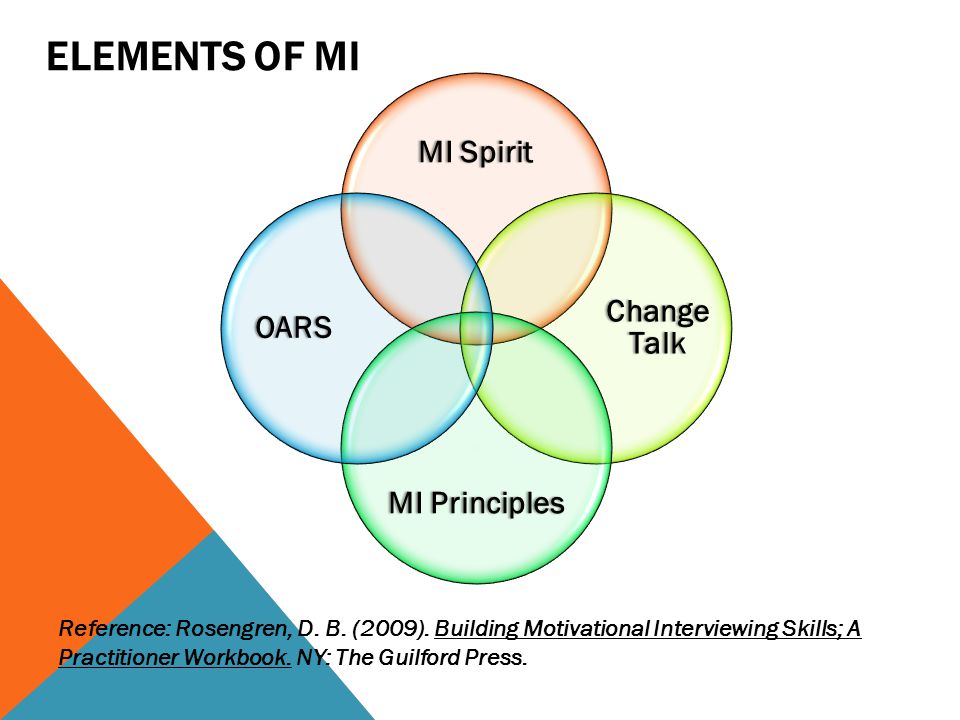
MARCH 22, 2014 DAY 91
Exactly three months have passed since I started. Three months, but it feels like I've been in the ocean for an eternity and I can't imagine that there is another life somewhere. Yes, it is difficult and dangerous, but the way I see and feel the Pacific Ocean, no one sees it. Even those who travel on sailing yachts.
FAIRLY
Merge with the ocean
You have already come almost all the way. Which day was the most enjoyable and which was the most difficult?
The most difficult moment has already happened - when you hand over the mooring lines and realize that the moment of truth has come. You are one on one with the ocean. A pleasant day is yet to come - when you first see the earth and realize that everything is behind you.
And the days between are filled with different events, but at the same time similar to each other. This is a normal expeditionary life.
What scares you in the ocean?
The scale of the elements. This is a living organism on a planetary scale, millions of living beings live in it, and for some period you become a part of it. Otherwise, do not survive. The ocean quickly rebuilds a person, you humble yourself here. It is useless to fight the ocean, and even more so to conquer it. You need to merge with the ocean, become part of it, and then, perhaps, you will be able to reach your goal.
This is a living organism on a planetary scale, millions of living beings live in it, and for some period you become a part of it. Otherwise, do not survive. The ocean quickly rebuilds a person, you humble yourself here. It is useless to fight the ocean, and even more so to conquer it. You need to merge with the ocean, become part of it, and then, perhaps, you will be able to reach your goal.
A nine-meter boat for Konyukhov and a house, and a vehicle, and, according to him, a cell
Do you dream here?
The ocean always has dreams about the Great Land, about relatives and friends. But on the shore, dreams about the ocean. I try to "gain" 4-6 hours a day for sleep. Do not immediately sleep all this time, namely “gain” for an hour. So the body recovers better. Here you need less time to relax. On the shore, the brain is very tired. There's a lot of information in there. Much less in the ocean. Only sky, water and horizon. Therefore, fatigue is mainly bodily. It's easier to overcome it.
It's easier to overcome it.
When you row for several hours and there is no one around, what do you think?
First of all, thoughts about what a beautiful Earth God created. I am grateful to him for allowing me to live to this day and admire our planet from the side of a small rowing boat. I often think about how I will return from this trip. The ocean always changes a person, especially if you live on its surface for six months. And the more you are here, the deeper the change. I have traveled alone many times, but the Pacific Ocean is beyond comparison. Here now I was imbued with the idea that people should never be alone. This truth is simple, but the ocean revealed its depth to me.
However, you mostly travel alone…
Yes, it's a paradox. But it's easier for me. Organizing a team expedition is much more difficult. I wouldn't want to be in a boat with someone right now. For what? To cross the ocean faster? I do not have the task of setting records, and we will not go faster, since the weight of this person and the volume of food for two people will “eat up” all the advantages of the fact that the second person will row.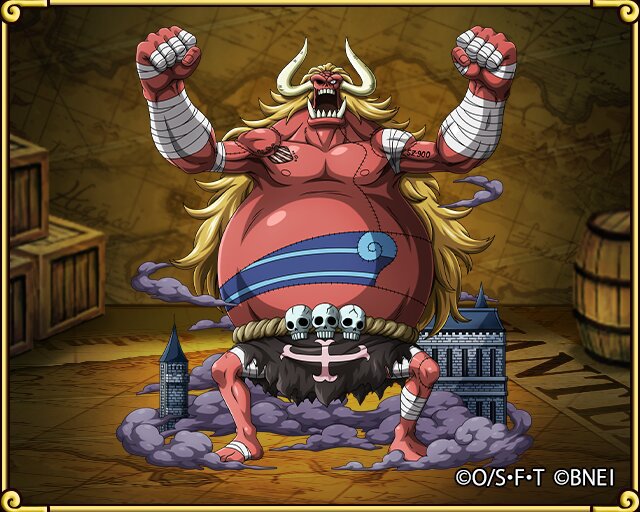 At the same time, I will not be able to get those sensations from the ocean that I am going after. Three years ago I took the priesthood. I was ordained 19December 2010 on the day of the celebration of the memory of St. Nicholas the Wonderworker in St. Nicholas Church in the city of Zaporozhye (Ukraine). And now the boat is my cell. This time I went to the ocean to pray for six months. This is my main goal.
At the same time, I will not be able to get those sensations from the ocean that I am going after. Three years ago I took the priesthood. I was ordained 19December 2010 on the day of the celebration of the memory of St. Nicholas the Wonderworker in St. Nicholas Church in the city of Zaporozhye (Ukraine). And now the boat is my cell. This time I went to the ocean to pray for six months. This is my main goal.
TIME SCALE
Alone, all alone
Fedor Konyukhov made his first solo trip in 1990. Over 24 years of travel and 62 years of life, he spent a total of more than five years alone with himself
Solo hiking expeditions
1. March — May 1990, 72 days
Russia's first solo ski trip to the North Pole. Start - Cape Lokot (Sredny Island)
2. Nov. 1995 - Jan. 1996, 64 days
Russia's first solo trip to the South Pole. Start - Hercules Bay
Solo sailings
1. oct. 1990 - June 1991, 224 days
Russia's first circumnavigation on the Karaana yacht. Start and finish - Sydney (Australia)
Start and finish - Sydney (Australia)
2. March 1993 - Aug. 1994, 518 days
Circumnavigation on a two-masted Formosa ketch. Start and finish - Taiwan
3. Nov. 1998 - Apr. 1999, ~ 224 days
American Race Around Alone 1998/99 on Open 60 SGU. Start and finish - Charleston (USA)
4. Nov. 2000 - Feb. 2001, ~ 90 days
French round-the-world sailing race Vendee Globe on the yacht Open 60 SGU. Start and finish - Les Sables-d'Olonne (France)
5. oct. - Dec. 2002, 46 days and 4 hours
Crossing the Atlantic Ocean on the URALAZ rowboat. Start - o. Gomera (Canaries), finish - about. Barbados
Feb 6. 2004, 14 days and 7 hours
Crossing the Atlantic Ocean on the yacht "Scarlet Sails". Start - o. Gomera (Canaries), finish - about. Barbados
7. Dec. 2004 - June 2005, 190 days
Round the world on the yacht "Scarlet Sails".